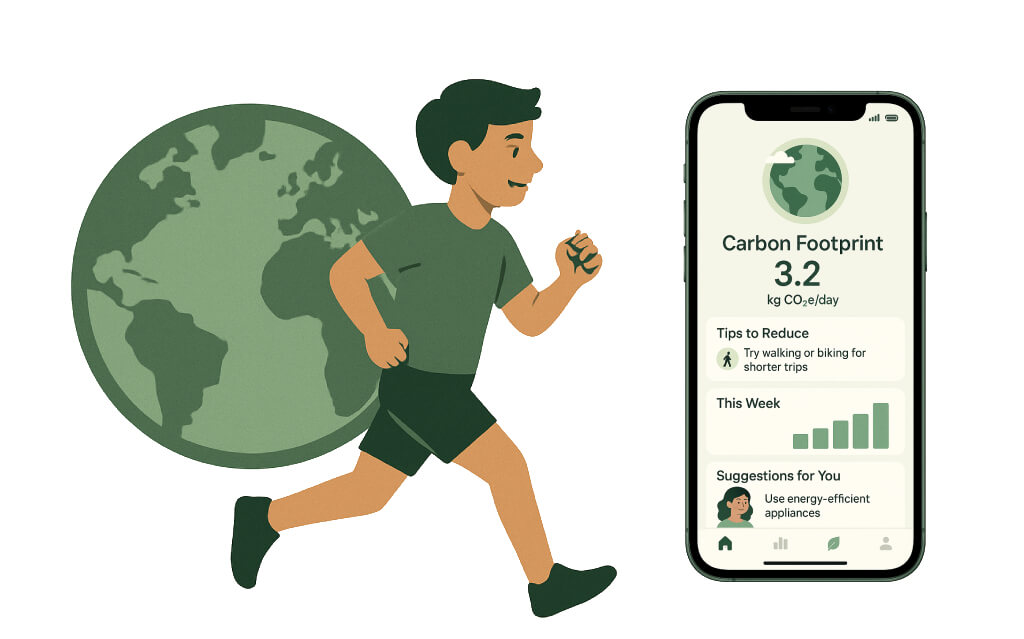April 10, 2025
The Future of Web Accessibility: Trends to Watch

Web accessibility is no longer a niche concern—it’s a fundamental aspect of modern web development. As technology evolves, so do the tools and trends shaping how we create inclusive digital experiences. In this post, we’ll explore key trends in web accessibility that developers and designers should watch in 2025 and beyond.
AI-Driven Accessibility Audits
Artificial intelligence is revolutionizing how we identify and fix accessibility issues. Tools like automated WCAG compliance checkers are becoming more sophisticated, offering real-time suggestions for improving ARIA labels, contrast ratios, and keyboard navigation.
- AI tools can scan entire websites in seconds, flagging issues like missing alt text.
- They provide actionable recommendations, reducing manual testing time.
- Integration with CI/CD pipelines ensures accessibility checks are part of the development process.
Challenges with AI Audits
While AI is powerful, it’s not perfect. Developers must still perform manual testing to catch nuanced issues, such as context-dependent ARIA roles or user experience for screen reader users.
Inclusive Design Frameworks
Frameworks like Tailwind CSS and Bootstrap are increasingly incorporating accessibility best practices out of the box. These frameworks offer pre-built components with proper semantic HTML and ARIA attributes.
- Choose frameworks with built-in accessibility features to save time.
- Customize components to meet specific WCAG guidelines, such as color contrast.
- Test with assistive technologies to ensure compatibility.
“Accessibility is not a feature—it’s a necessity. Every user deserves a seamless digital experience.” — Sarah Johnson
Adopting a Mindset of Inclusion
Beyond tools and frameworks, accessibility requires a cultural shift. Developers and designers must prioritize empathy, understanding the diverse needs of users with disabilities. This mindset drives better design decisions and fosters innovation.
As we move into 2025, staying ahead of these trends will ensure our web projects are not only compliant but also truly inclusive. Let’s build a web that works for everyone!



